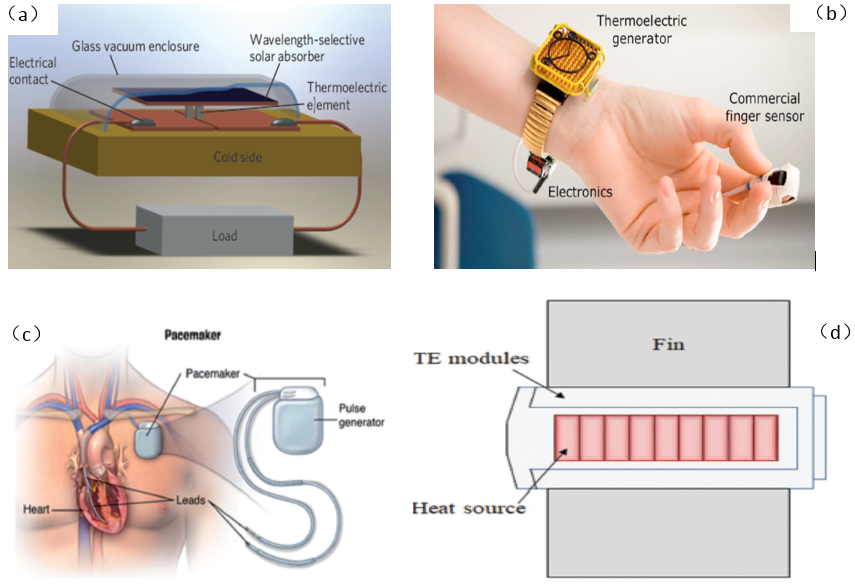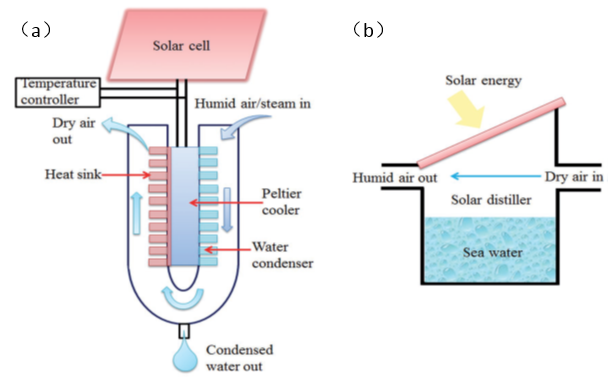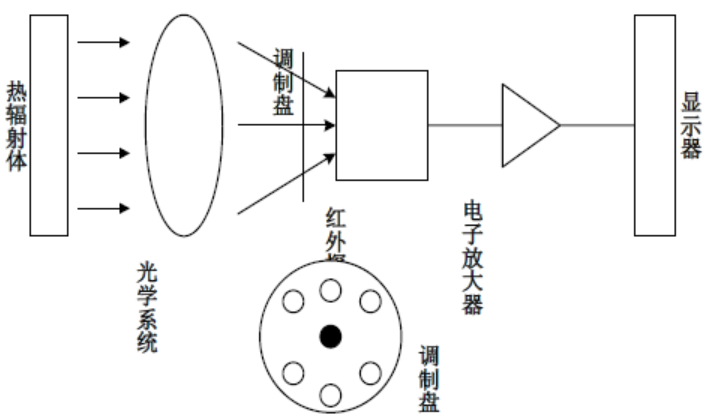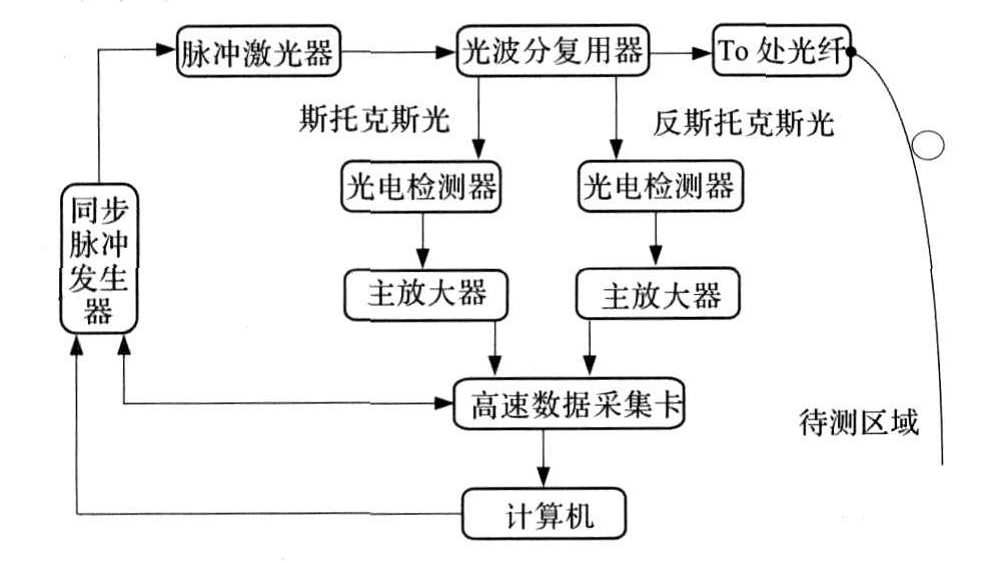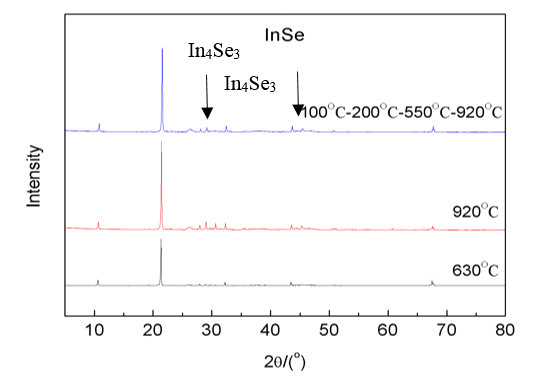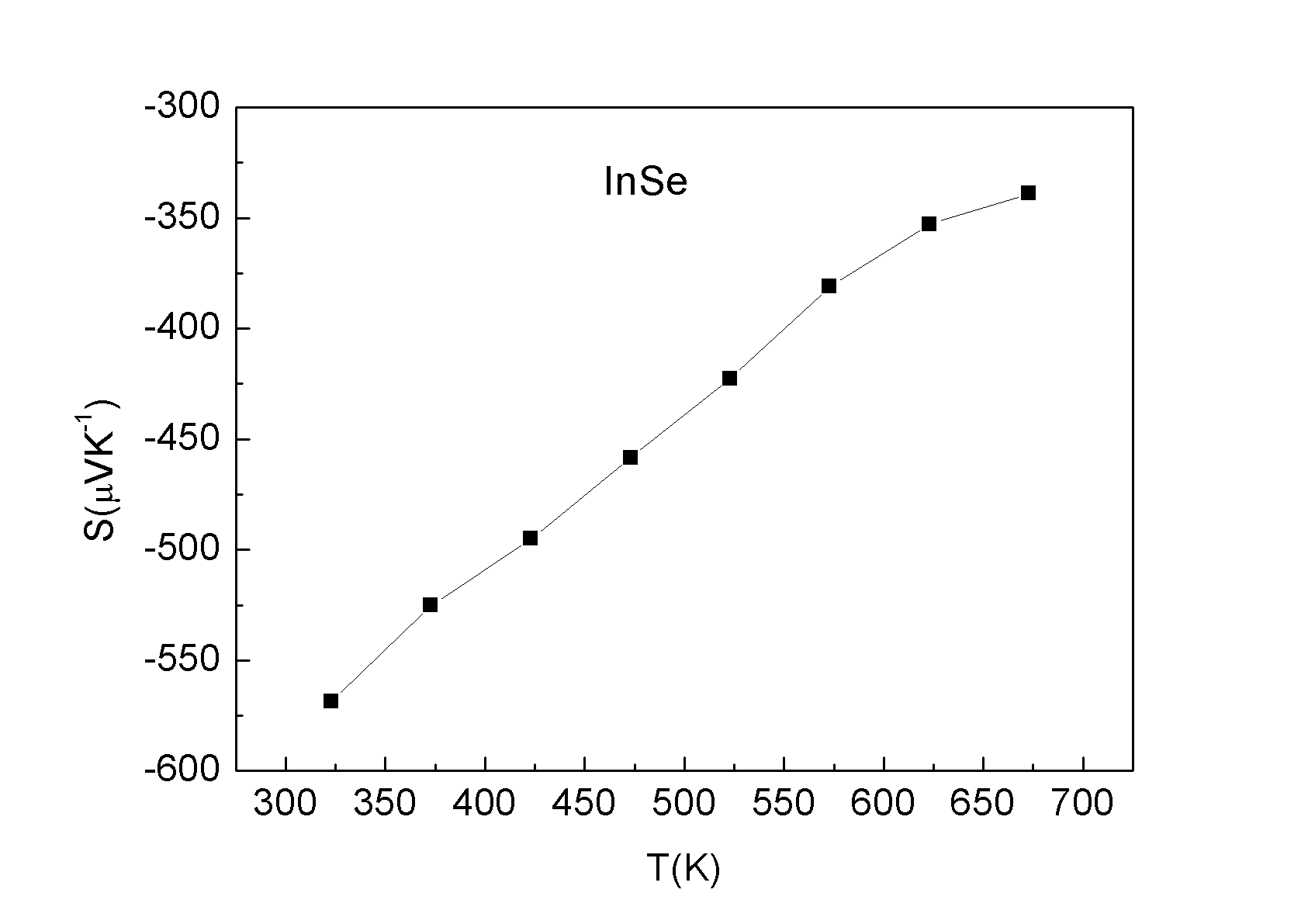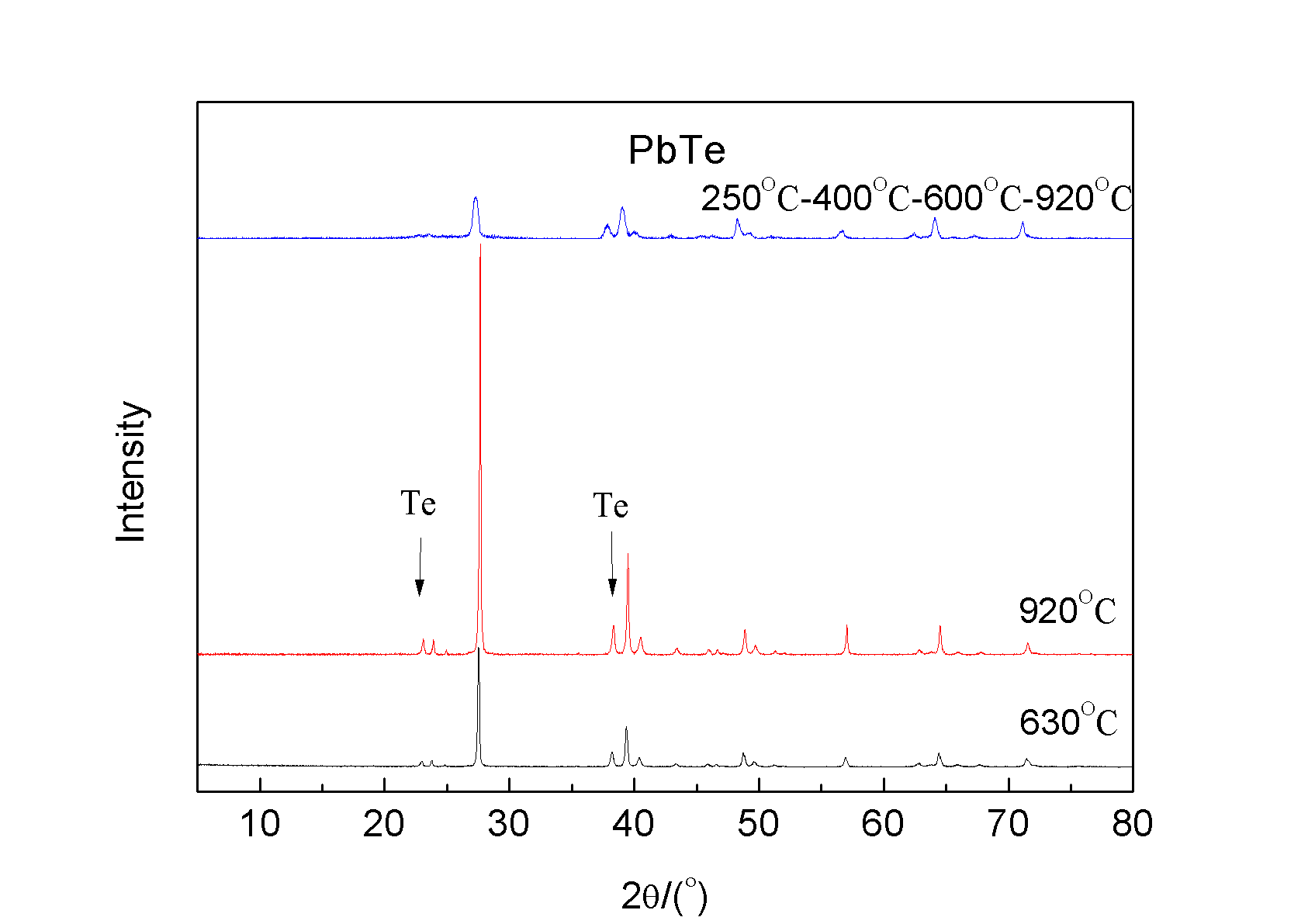基于新型热电材料的测温元件研究毕业论文
2020-04-25 19:47:02
摘 要
本文主要研究内容是选择并制备塞贝克系数合适的热电材料,并设计测温元件的结构,以获得灵敏度更高,性能更优异的,适应范围更广的新型测温元件,同时,根据热电材料的性能得到了测温元件的理论分度曲线。本文热电材料的制备主要采用粉末状作为原料,通过湿磨以及真空固相反应结合放电等离子烧结的方法。实验中采用XRD及Linseis对制备的热电材料进行物相分析及热电输运性能测试。根据本文的研究,初步设计了基于新型热电材料的测温元件的结构和制作工艺。
本次实验主要的结果有:
(1)制备出了含有少量In4Se3的N型热电材料InSe,但在300-700K内,塞贝克系数全部为负,满足制备测温元件的要求。
(2)制备出了纯相的P型热电材料Cu2SnS3,且在300-700K内,塞贝克系数全部为正,满足制备测温元件的要求。
(3)设计了测温元件的结构,并通过理论计算得到了测温元件的理论分度曲线。
关键词:热电材料 塞贝克系数 固相反应 放电等离子烧结 测温元件
Research on temperature measuring component based on new thermoelectric materials
Abstract
The main research content of this paper is to select and prepare thermoelectric materials with suitable Seebeck coefficient, and design the structure of temperature measuring component to obtain new temperature measuring component with higher sensitivity, better performance, and wider use. At the same time, according to the performance of thermoelectric materials, the temperature measuring component's indexing curve is acquired. In this paper, the elemental powder is used as the raw material, the thermoelectric material is prepared by wet grinding and vacuum solid phase reaction combined with spark plasma sintering. In the experiment, XRD and Linsesis were used to conduct phase analysis and thermoelectric transport performance test of the prepared thermoelectric materials respectively. On the basis of the research in this paper, the structure and fabrication process of temperature measuring components based on new thermoelectric materials are preliminarily designed.
The main results of this experiment are:
(1) The N-type thermoelectric material InSe containing a small amount of In4Se3 was prepared, but within 300-700K, the Seebeck coefficient was all negative, which satisfied the requirements for preparing the temperature measuring component.
(2) The pure phase P-type thermoelectric material Cu2SnS3 was prepared, and within 300-700K, the Seebeck coefficient was all positive, meeting the requirements for preparing temperature measuring component.
(3) The structure of the temperature measuring component is designed, and the theoretical indexing curve of the temperature measuring component is obtained through theoretical calculation.
Keywords: Thermoelectric material; Seebeck coefficient; Solid phase reaction; Spark plasma sintering; Temperature measuring component
目录
摘 要 I
Abstract II
第一章 文献综述 1
1.1热电材料概述 1
1.1.1热电材料简介 1
1.1.2热电效应 1
1.1.3热电材料的应用 3
1.2提高塞贝克系数的主要途径 5
1.3测温元件的研究现状 6
1.4课题的研究意义与研究内容 8
1.4.1研究意义 8
1.4.2研究内容 8
第二章 热电材料的选择、制备及表征 9
2.1热电材料的选择 9
2.2实验部分 9
2.2.1实验流程 9
2.2.2实验原料 9
2.2.3主要实验设备 9
2.2.4主要分析手段 10
2.3 N型热电材料的制备及测试 11
2.3.1引言 11
2.3.2 N型热电材料的制备 11
2.3.3 N型热电材料的测试结果 12
2.4 P型热电材料的制备及测试 13
2.4.1 引言 13
2.4.2 P型热电材料的制备 13
2.4.3 P型热电材料的测试结果 15
第三章 测温元件的设计及制作工艺 18
3.1测温元件的设计 18
3.2测温元件的加工工艺 18
3.3测温元件的分度曲线 18
第四章 结论和展望 21
4.1结论 21
4.2展望 21
参考文献 22
致 谢 25
第一章 文献综述
1.1热电材料概述
1.1.1热电材料简介
在人类的生产生活过程中,化石燃料必不可少。然而,其不可再生及其引起的环境问题正将人类和自然系统置于危险的境地。热电材料具有将热能转化为电能的能力,而热是无处不在的,是用之不尽的。热电技术是一种适用于直接热电能量转换的最简单的技术,但是由于热电材料的性能低,所以热电技术的效率低于其他的能量转换技术。因此,研究高性能的热电材料势不可挡,并且如果在未来能维持当前研究热电材料的趋势,那么可再生能源的前景就很有可能被重塑。
1.1.2热电效应
当材料受温度差异影响时,会产生累积的电荷以及由电流引起的可逆热效应,称为热电效应。热电效应由三种物理效应构成,描述热电能量直接转换的基础:Seebeck效应、Peltier 效应以及Thomson效应[1-4]。
(1)Seebeck效应
相关图片展示:
